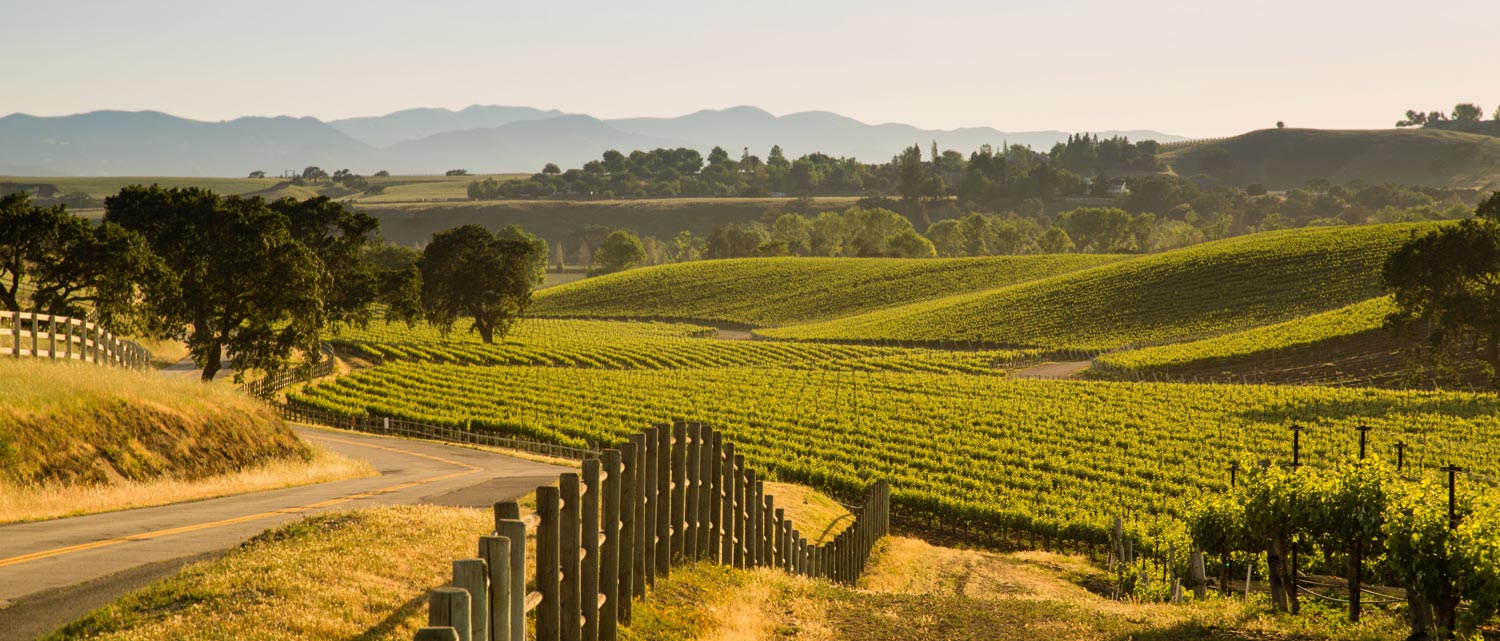
Spanish settlers first brought the vine with them in the 18th century, planting at each ‘mission’ established. Successive waves of migrants also brought vine cuttings, creating a rich heritage of vine material as well as a culture of wine.
As with Europe, phylloxera took hold in California in the late 19th century but the state recovered well, the technique of grafting vinifera vines onto native American rootstocks being understood and implemented far more quickly than across the seas. Far more severe was the arrival of Prohibition in 1919. Over 75% of wineries went out of business and of those that survived, most converted their production to table grapes. It took until the 1960s for the industry to recover although the basic and often crude imitations of European classics such as ‘port’, ‘sherry’ and ‘claret’ being turned out held back any quality image. However, there were small groups of committed growers and winemakers who believed in their land and its potential. Many of these were propelled into the spotlight after the legendary ‘Judgement of Paris’ tasting in 1976 and it is fair to say that the state’s wine industry has never looked back since.
Almost every grape variety you can think of (and plenty that you can’t) are cultivated in California. While the Central Valley remains dominated by table grapes and grapes for bulk wine production, alongside an enormous amount of the country’s fruit and vegetable produce, it is the coastal regions and hillsides that most stir the interest of the fine wine lover. To the north of San Francisco, the Napa and Sonoma valleys are a viticultural paradise and as you move towards the Pacific, the more marginal climates of the Sonoma Coast are also now rightly prized, particularly for cool climate varieties. Further north, the Anderson and Mendocino valleys are remote and beautiful, attracting big name investment from overseas as well as domestically.
Heading south from San Francisco along the Central coast, the Santa Cruz mountains offer some of the most fascinating vineyard possibilities thanks to the geological quirks thrown up by the San Andreas fault. The proximity to Silicon Valley also ensures that there is no lack of well-heeled customers and would-be investors. Further down the legendary coast road, vineyards are dotted at every turn right down to Los Angeles and to the south, as well as inland from the urban sprawl, the vine continues to flourish, all the way to the Mexican border and indeed on into Baja California.
As with the judgement of Paris tasting, it was a more recent media event, the film ‘Sideways’, that has brought a further development in the California wine story. The 2004 film launched a Pinot-mania which has shown no sign of calming. A particular beneficiary is the incredible area around Santa Barbara, where much of the film was set and where Pinot Noir and Chardonnay dominate, despite being so far south.
Along with its films, music and technology, wine has become one of the most important parts of California’s identity. With such enormous consumer markets on the doorstep, not to mention in other parts of the US, the imperative to export has been less keenly felt. However, the chance to feature alongside and compete with the established greats of the rest of the world on global wine lists is now being taken. It is a pleasure to see more and more of these brilliant wines available to wine lovers everywhere.